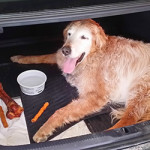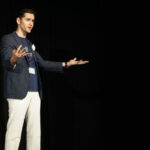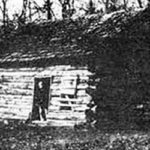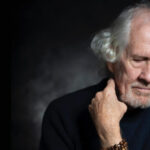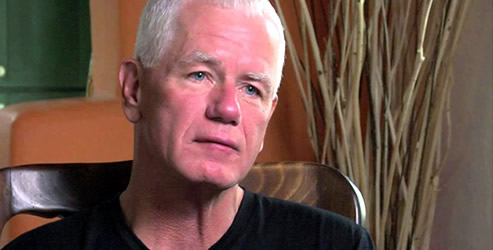
FRANK OSTASESKI & THE AIDS CRISIS
One of the straight men who cared for dying gay men
Frank Ostaseski founded the San Francisco Zen Hospice Project in 1987 during the AIDS Crisis. It was a time when much of the medical community was afraid of its patients, and families disowned their sons and brothers. Thankfully Frank was one of the straight men who created space and cared for the dying gay men.
Years later I was happy to see that Ostaseski was the keynote speaker for a Santa Clara University conference I was attending. Even though his appearance was the first since suffering a serious heart attack, his presence was strong and solid. When he finished I wanted to hear more, and registered for his annual Cultivating Presence retreat in Marin County, California. The week was a mix of workshop and silent retreat. On the last day Frank, a practicing Buddhist, introduced his Five Precepts for living, caring and healing. I think you will enjoy reading them.
Ostaseski’s Five Precepts
Part of you is here and part of you might have drifted away to the middle of nowhere… where there is no time… and there is no place… in the middle of nowhere. Nowhere is such a fine place to be because nowhere else can be so free. Later you may have to be somewhere, sometime, but not now. Now nowhere is fine.
This is a place you can visit often if you like. It is a place of healing. Healing is different than curing. Healing comes from within—out.
And as you move forward there are five things you can do to keep the cycle of healing going.
- Accept everything and push away nothing.
In welcoming everything you don’t have to like what’s arising. It’s actually not your job to approve or disapprove. It’s your task to trust, to listen, and to pay attention to your changing experience. When you do this at the deepest level, you are cultivating a kind of fearlessness. Since you are always entering new territory with no idea of how your journey will turn out, why not open to the mystery. And risk and forgive—constantly.
- Bring your whole self to the experience.
Open to whatever is uncomfortable so it can pass through. Let your fears, passions, wounds, strengths, and feelings of helplessness come in. Invite them all in. You can’t connect to others… well… if you haven’t explored yourself.
- Don’t wait.
Patience is different than waiting. When you wait, you are full of expectation and miss what the moment has to offer. When you take time to worry about the future—you miss an opportunity that’s in front of you. So if there’s someone you love, tell him or her now.
- Find rest in the middle of things.
We think rest comes at the end of something. At the end of the day. At the end of a meeting. When work is done.We think we rest when we change our living conditions, but it is possible to rest right in the middle of chaos if you bring your full attention to what you are doing. You only have to turn inward to find the quiet space that’s always present under your mind, your body, and your emotions.
- Cultivate a “don’t know” mind.
Leave behind agendas, roles and expectations. Be open and receptive. Allow what unfolds to inform your thoughts and actions while listening carefully to your inner voice. Speak from the place of not knowing and learn to look at the world with fresh eyes.
Frank Ostaseski is a hard act to follow, but I invite you to listen to Frank’s successor, BJ Miller. After hearing his 19 minute TED talk a snowball will never be just a snowball again. You might want to read BJ’s professional credentials, considering his first major accomplishment was surviving the amputation of both legs and one arm.
BJ Miller, current Executive Director of the Zen Hospice Project
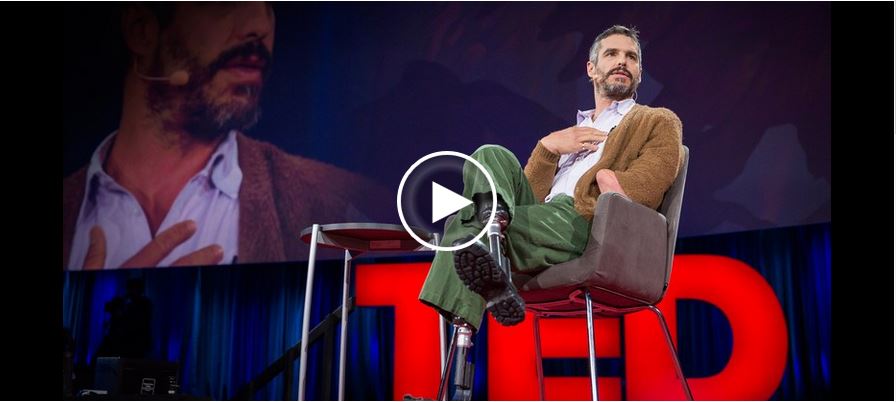
If you are interested:
Frank Ostaseski’s CD series Being a Compassionate Companion is worth listening to once a year—no matter what your age or circumstance.
View our free You Tube cloud meditation based upon Frank Ostaseski’s concept of being more than your mind, your body and your emotions:














